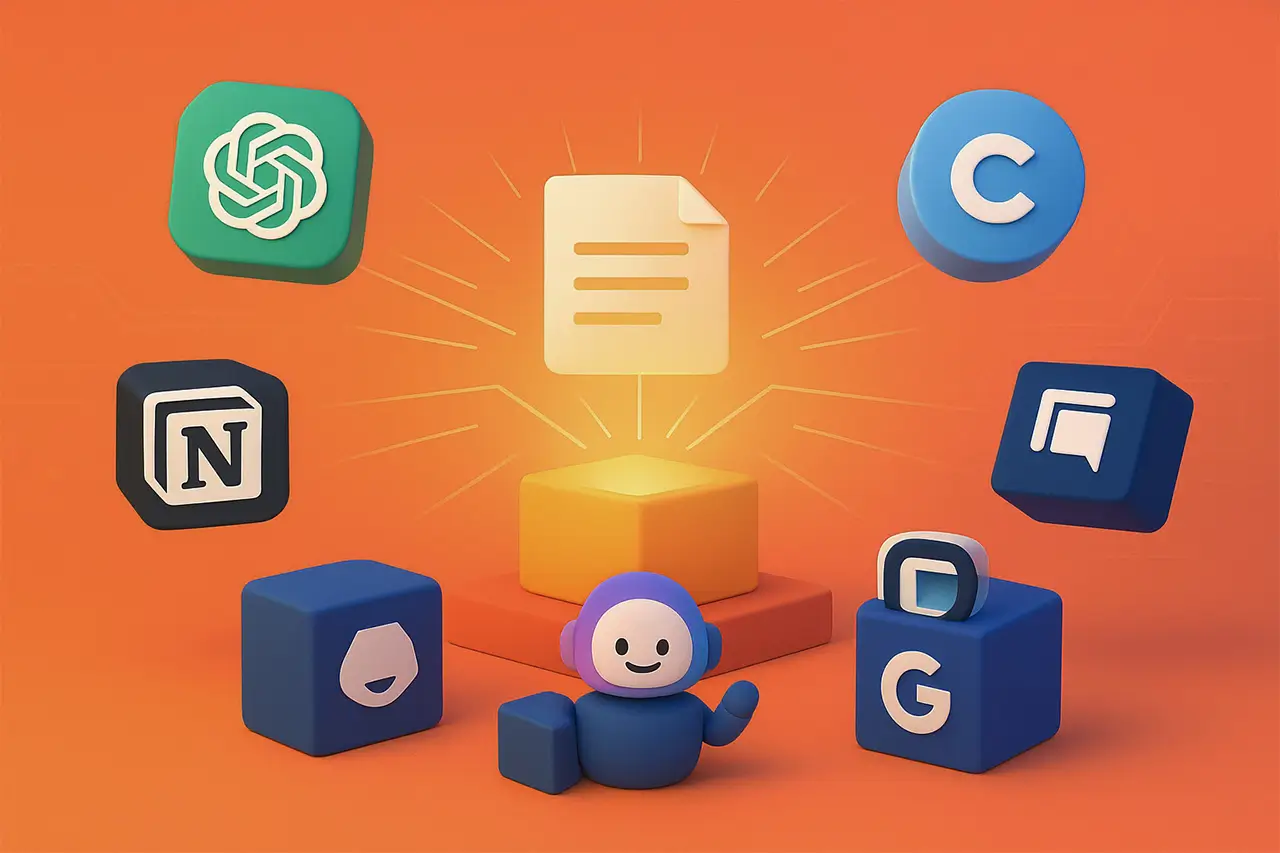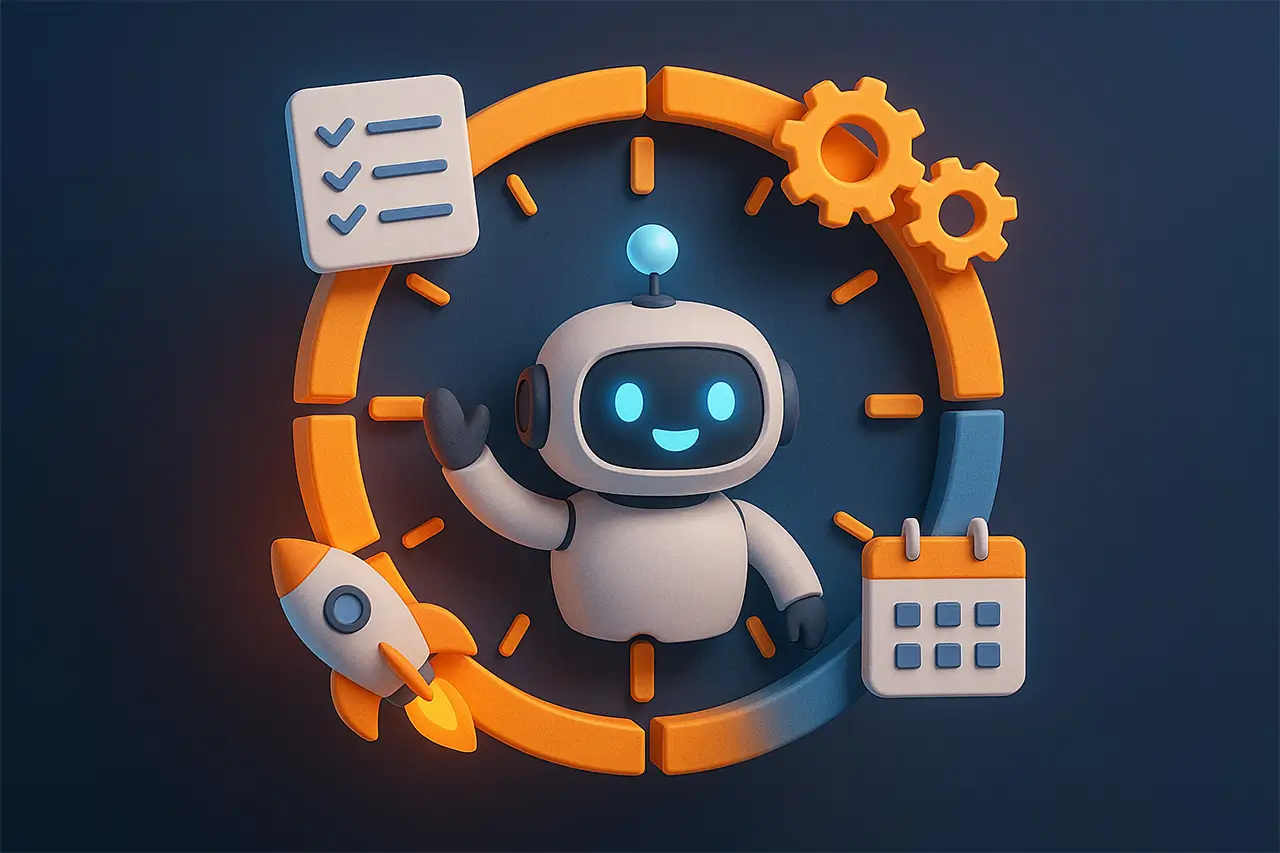AI isn’t optional anymore. If you run a business, freelance, or manage digital projects, you’re already using it—or falling behind. Tools like ChatGPT, Jasper, Copy.ai, MidJourney, and Claude are now standard. But here’s what separates high-impact users from frustrated beginners:
Results depend entirely on how well you write prompts.
What Is a Prompt?
A prompt is your command to the AI. It tells the system exactly what you want, in what format, and how it should sound.
Simple version:
“Write a product description for a handmade candle.”
More advanced:
“Write a 500-word SEO blog post about eco-friendly candles in a friendly tone, ending with a call-to-action to visit the shop.”
The more specific and structured your prompt, the better the output. Generic input leads to generic results. Precision drives performance.
Prompts Work Across Every Platform
Prompts aren’t exclusive to ChatGPT. Every AI system—from writing tools to image generators—runs on user instructions.
Here’s how leading platforms respond to well-written prompts:
ChatGPT: Excels with conversational, context-rich prompts
Jasper: Optimized for fast marketing content and ad copy
Claude: Ideal for structured, long-form tasks like summaries and reports
MidJourney / DALL·E: Require detailed visual descriptions to create accurate images
Mastering prompts gives you a competitive edge—regardless of which tool you’re using.
How to Write High-Performance Prompts
Clear, effective prompts follow three rules:
Get to the Point
Instead of: “Write something about my business”
Use: “Write a 150-word intro for my online coaching business that helps new entrepreneurs manage stress and productivity.”
Specify Format and Style
Want bullet points? Say so. Prefer a casual tone? Include that. Clear direction leads to faster results.
Refine Strategically
If the output is off-target, tweak the prompt. A few adjustments usually solve the issue. Restarting from scratch is rarely necessary.
Writing with AI? Prompts Are Everything
For content creation—blog posts, product descriptions, emails, captions—you need tools like ChatGPT, Jasper, or Copy.ai. But even the best AI fails without the right guidance.
Build a personal prompt library. Save the ones that work. Reuse and adapt them. This cuts hours from your weekly workload and keeps your tone consistent.
Creating Visuals? Describe Precisely
Design tools like MidJourney, DALL·E, or Canva AI require visual prompts. One-liners won’t cut it.
Instead of:
“freelancer illustration”
Use:
“Flat-style illustration of a freelancer on a laptop in a coffee shop. Bright colors. Minimal background.”
The more detail you give—style, mood, setting—the more accurate and polished your visuals become.
Research and Planning? Let AI Handle It
AI isn’t just for content. It’s a powerful tool for research, idea generation, and productivity.
Try prompts like:
“Summarize five benefits of email marketing for small businesses.”
“Give me ten course ideas in the health and fitness niche.”
Platforms like Claude, Perplexity, and ChatGPT handle these tasks efficiently with the right instruction.
Prefer Done-for-You? Use Our Prompt Packs and GPTs
You don’t need to experiment endlessly. We’ve created ready-to-use prompt packs and custom GPTs for real business scenarios.
Whether you’re writing content, generating visuals, managing social media, or streamlining customer support, our tools are built to perform—no fluff, no guesswork.
Each product is tested, structured, and optimized for high-output use cases, so you can focus on execution, not trial and error.
Final Takeaway
AI is only as powerful as the prompt you give it. Clear instructions produce better, faster, and more consistent results—every time.
If you’re serious about using AI to grow your business, save time, or elevate your content, prompt mastery is non-negotiable.
Use smarter prompts. Or use tools built by pros who already know what works.










0 Comments